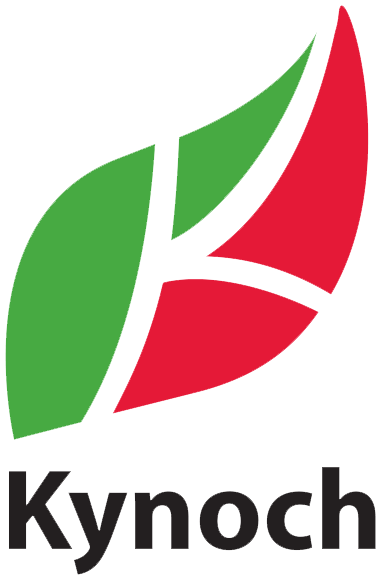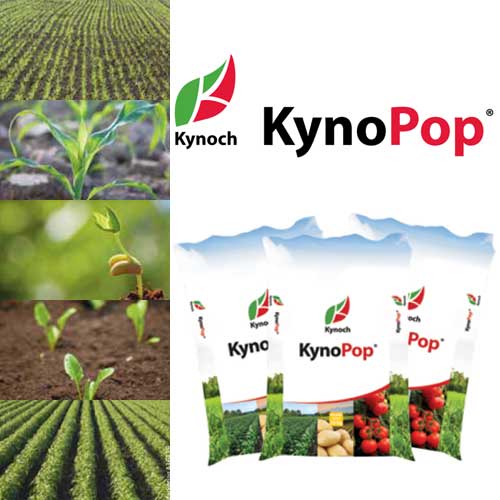
Acidity related definitions critical for interpretation
01/08/2024
Soil Health and Fertiliser
05/08/2024Real time insights by remote sensing (NDVI) through the use of KynopreciseTM and PACSys drone technology
In order to optimize crop yield and quality, post emergence, it is important to “scout” fields and orchards to determine if any risks can be managed that could impact adversely on crop yield and quality. These risks could include detrimental pest thresholds, competition for nutrients and water by weed pressure, water stress (too little or too much) conditions due to abiotic factors. The combination between different physical soil types and effective soil depth can have an effect on achieving sustainable crop production, for e.g. shallow sandy soils, stratified soils, high clay content with problematic water infiltration and soil compaction (tillage), to mention just a few.
The below NDVI images (Fig 1) are good examples of in season variation in crop growth, in this case winter wheat, favorable crop growth (green areas) vs poor crop vigour in the red areas.
There are two causes of poor crop vigour in the red areas 1) weed pressure and 2) soil compaction.
When remote images are collected from a specific field, the next actions are:
- Zone definition for input management (Herbicides, Fungicides, Pesticides, Biostimulants (KynoKelp, KynoFulvate Yellow), fertiliser differential application (Kynoplus+S) and foliar sprays (Oemff products)
- Ongoing risk management by monitoring temporal change
- Targeting of sampling (soil and tissue)
Application of NDVI data
The application of the information would be to identify the management zones in Figure 1 and act accordingly to mitigate crop production risk. The implications of herbicide resistant ryegrass have far reaching implications on the production of wheat specifically, as reported by Ferreira M, I. et.al, 2015. They found that Lolium spp. acts as an inoculum for the soil borne pathogen Fusarium pseudograminearum (cause of Fusarium crownrot). The authors have suggested, crop smothering, as part of conservation farming to suppress herbicide resistant ryegrass and simultaneously reduce the occurrence of crown rot.
As mentioned before, it is important to extend the “scouting” operation by a Kynoch Agriculturalist or Kynoch agent in the field and to determine the extent of the variation as in the figures above. The importance of field inspection, before NDVI images are interpreted, can therefore not be over emphasized.
References
Ferreira M.I. et.al. 2015. Morphological identification of the ryegrass hybrid Lolium multiflorum x Lolium perenne and isolation of the pathogen Fusarium pseudograminearum in the Western Cape
Mulders M.A., 1987. Remote Sensing in Soil Science. Technology and Engineering
Compiled by: Chris Burbidge – Agriculturalist Kynoch – August 2024
KynoFulvate Yellow® M261 (Act 36 of 1947)
KynoKelp® M314 (Act 36 of 1947)
KynoPlus® K8024 (Act 36 of 1947)










.png?v=1594369838025?v=1594369838026)